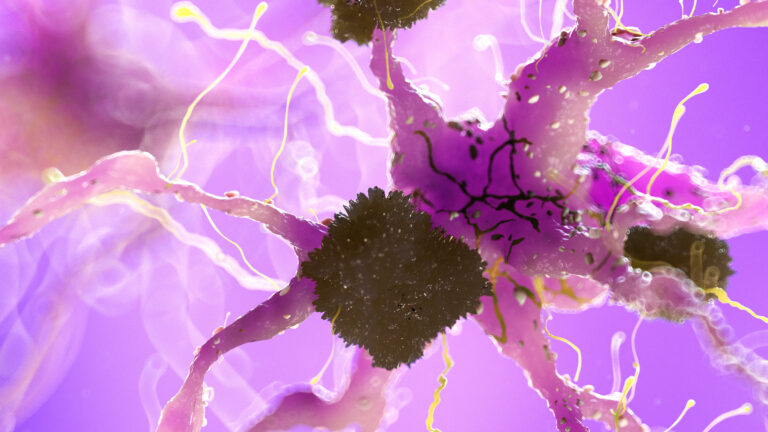Tremors can indeed affect the quality of MRI scans in dementia patients, primarily because MRI requires the patient to remain still during the imaging process. Tremors, which are involuntary rhythmic muscle contractions causing shaking movements, introduce motion artifacts into MRI images. These artifacts degrade image clarity and can obscure important brain structures, making it more challenging to accurately diagnose and monitor dementia-related changes.
In dementia patients, especially those with conditions like Parkinson’s disease or vascular dementia, tremors are common motor symptoms. These involuntary movements can cause the head or limbs to move during the scan, which typically lasts several minutes. Since MRI relies on capturing precise spatial information through magnetic fields and radio waves, even slight motion can blur the images or create ghosting effects. This compromises the ability to detect subtle brain abnormalities such as atrophy, white matter changes, or iron accumulation, which are critical markers in dementia evaluation.
Older adults with dementia are particularly prone to motion during MRI scans not only because of tremors but also due to discomfort, anxiety, or cognitive decline that makes it difficult for them to stay still. This combination increases the likelihood of poor image quality. For example, tremors related to Parkinson’s disease or dystonia can cause continuous or intermittent shaking, which is difficult to control voluntarily. Such movement leads to repeated distortions in the MRI data, reducing diagnostic confidence.
To mitigate these challenges, several strategies are employed:
– **Patient Preparation and Comfort:** Ensuring the patient is comfortable and relaxed can reduce involuntary movements. Sometimes mild sedation is used, but this must be balanced against risks, especially in elderly or cognitively impaired patients.
– **Motion Correction Techniques:** Advanced MRI sequences and software algorithms can partially correct for motion artifacts. Techniques like prospective motion correction track patient movement in real time and adjust the scan accordingly.
– **Shorter Scan Times:** Using faster imaging protocols reduces the time the patient must remain still, lowering the chance of movement.
– **Specialized MRI Techniques:** Some advanced MRI methods, such as quantitative susceptibility mapping (QSM), are sensitive to brain iron levels and can provide valuable information even in challenging cases. However, these techniques still require good image quality to be effective.
– **Physical Supports:** Using cushions, straps, or headrests can help stabilize the patient’s head and reduce tremor-induced motion.
Despite these measures, tremors remain a significant obstacle in obtaining high-quality MRI images in dementia patients. Poor image quality can delay or complicate diagnosis, affect the monitoring of disease progression, and impact treatment planning. Clinicians must often weigh the benefits of MRI against the practical difficulties posed by tremors and may complement imaging with other diagnostic tools such as PET scans, blood biomarkers, or cognitive assessments.
In summary, tremors in dementia patients can substantially degrade MRI image quality by causing motion artifacts. This presents a challenge for accurate brain imaging, necessitating tailored approaches to minimize movement and optimize scan protocols to ensure reliable diagnostic information.





